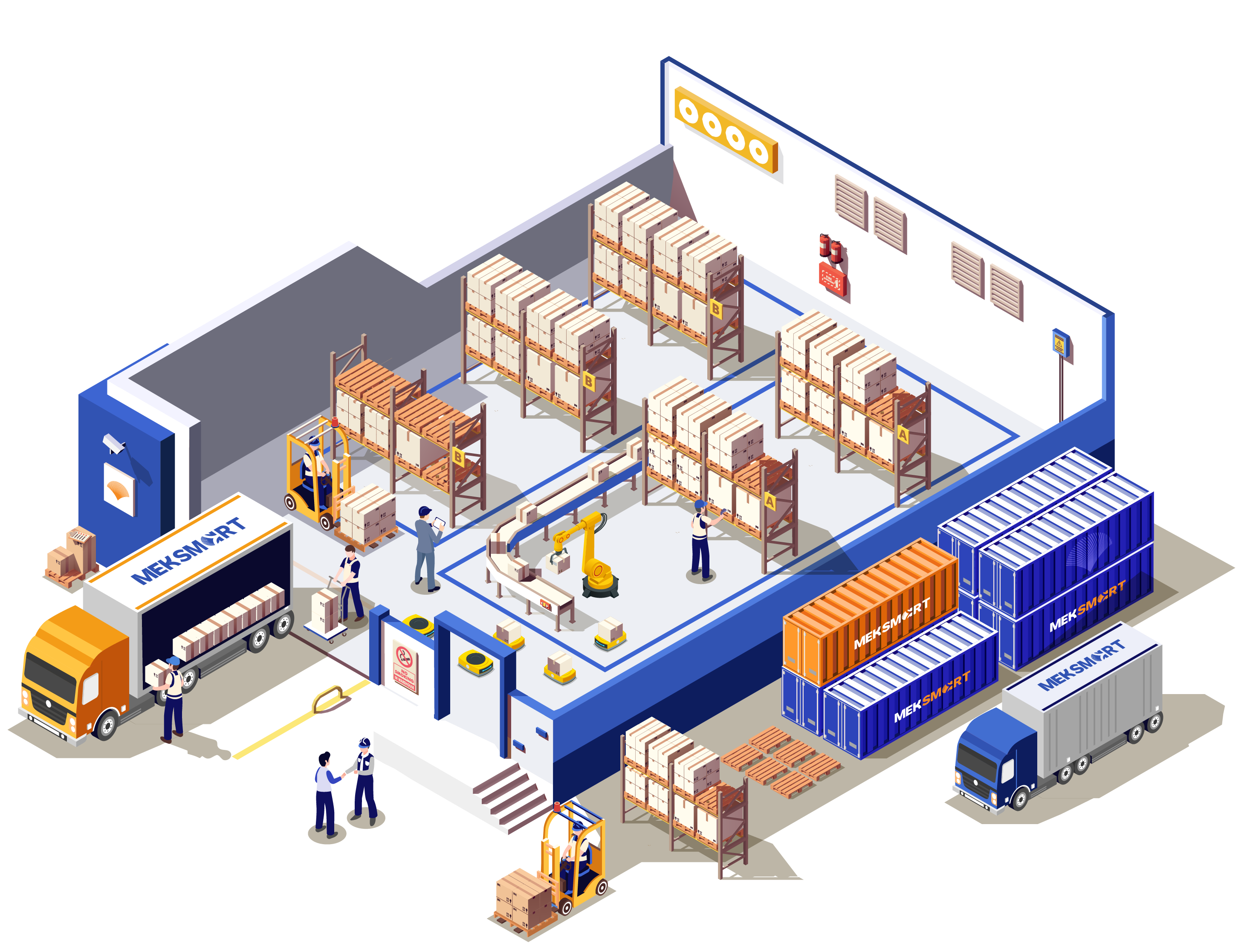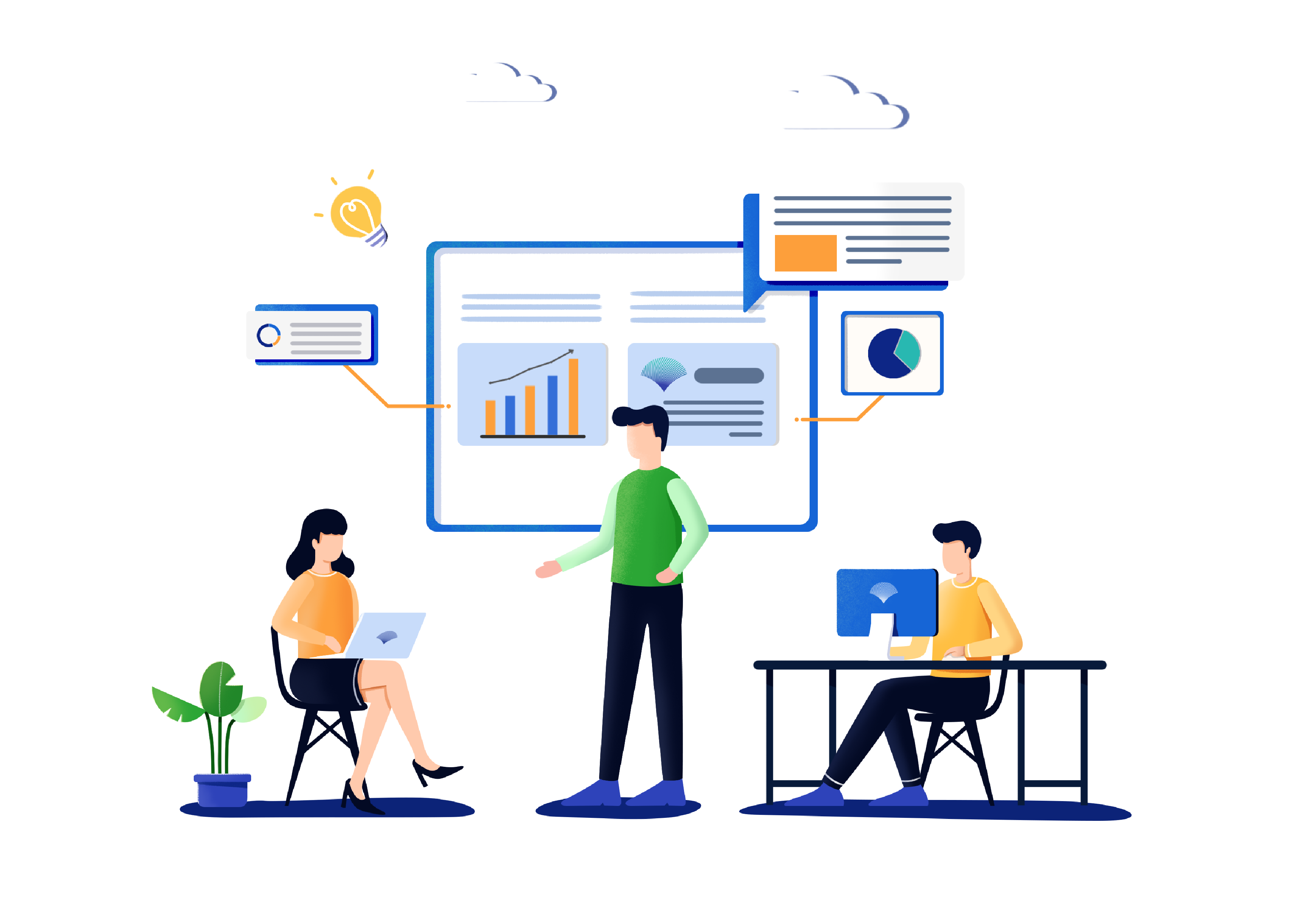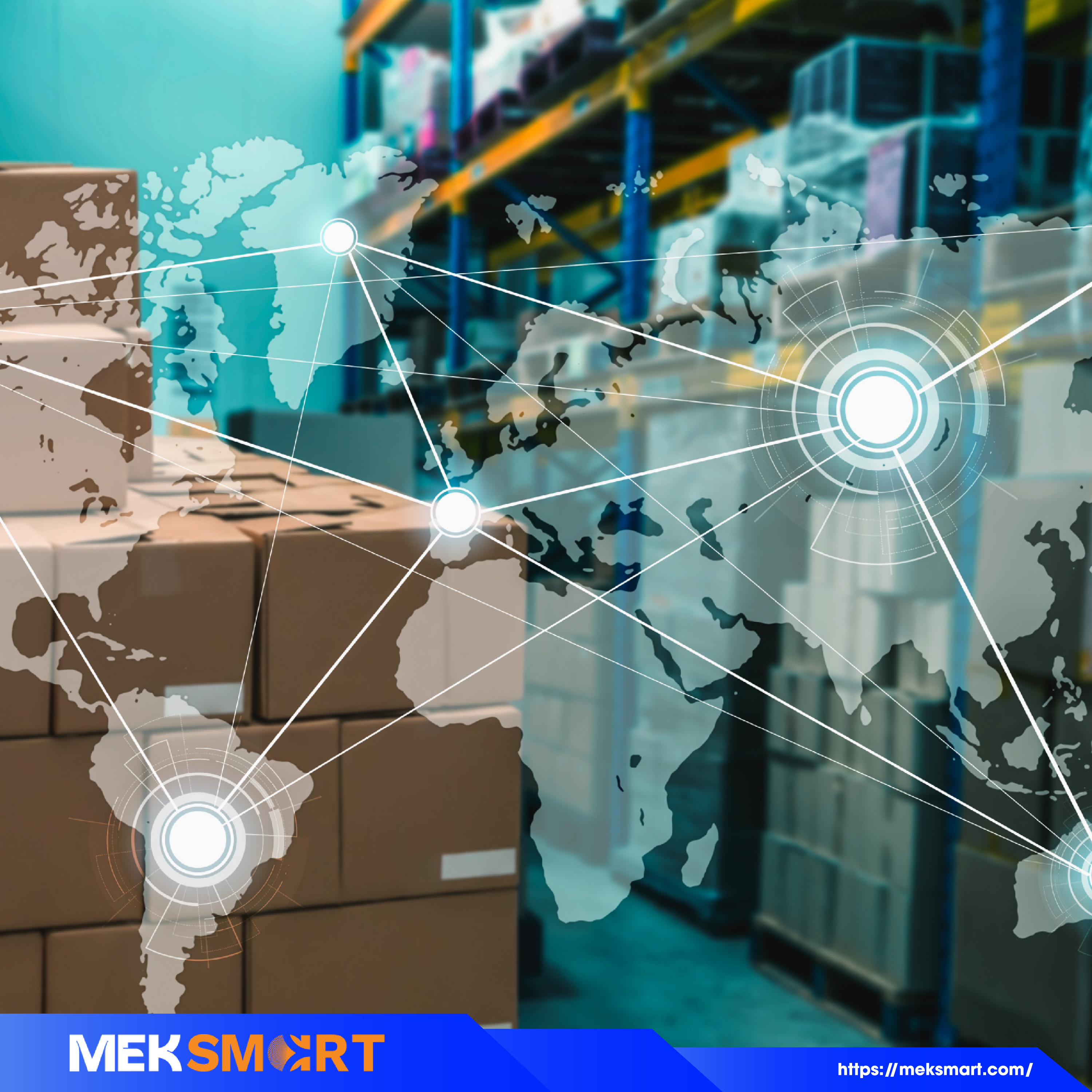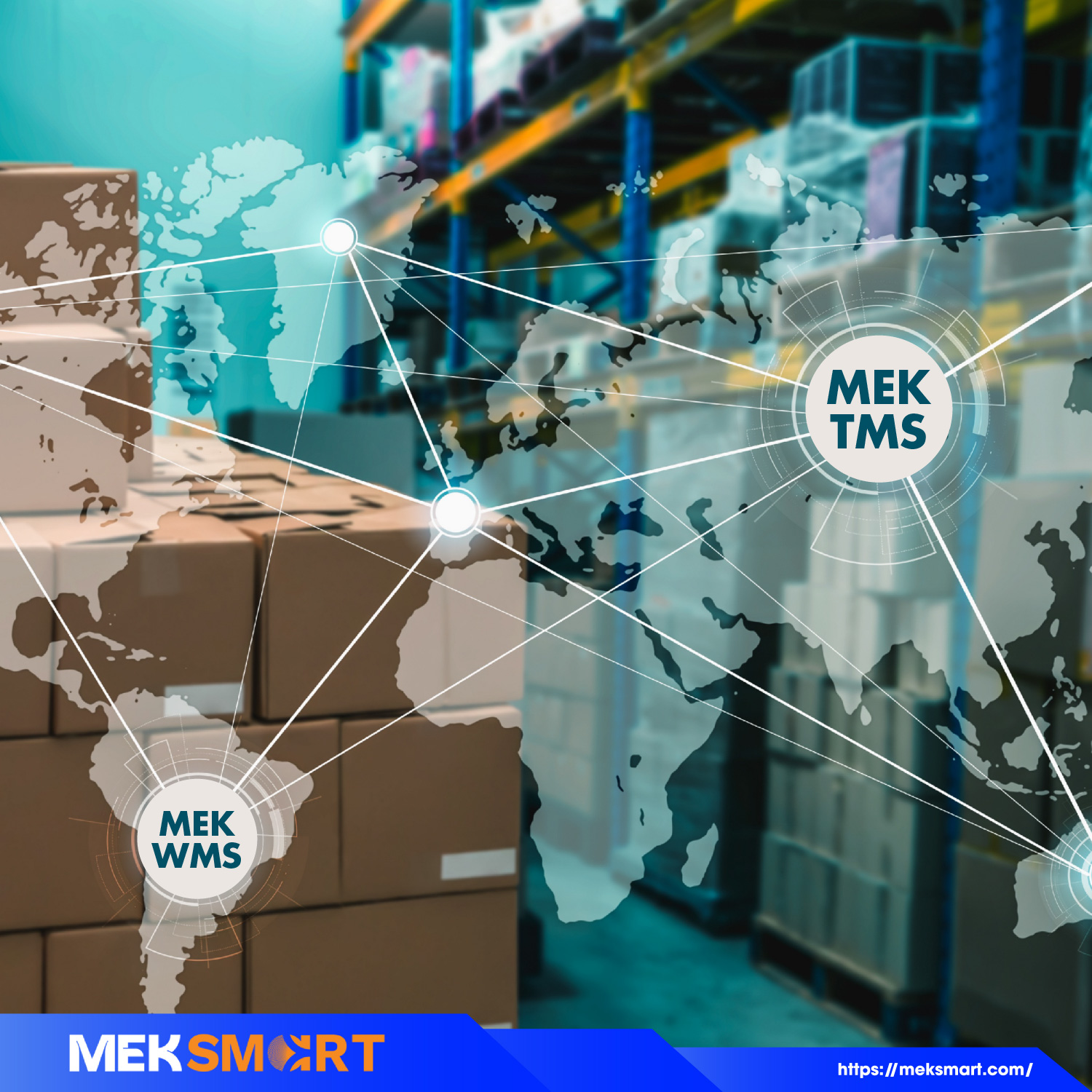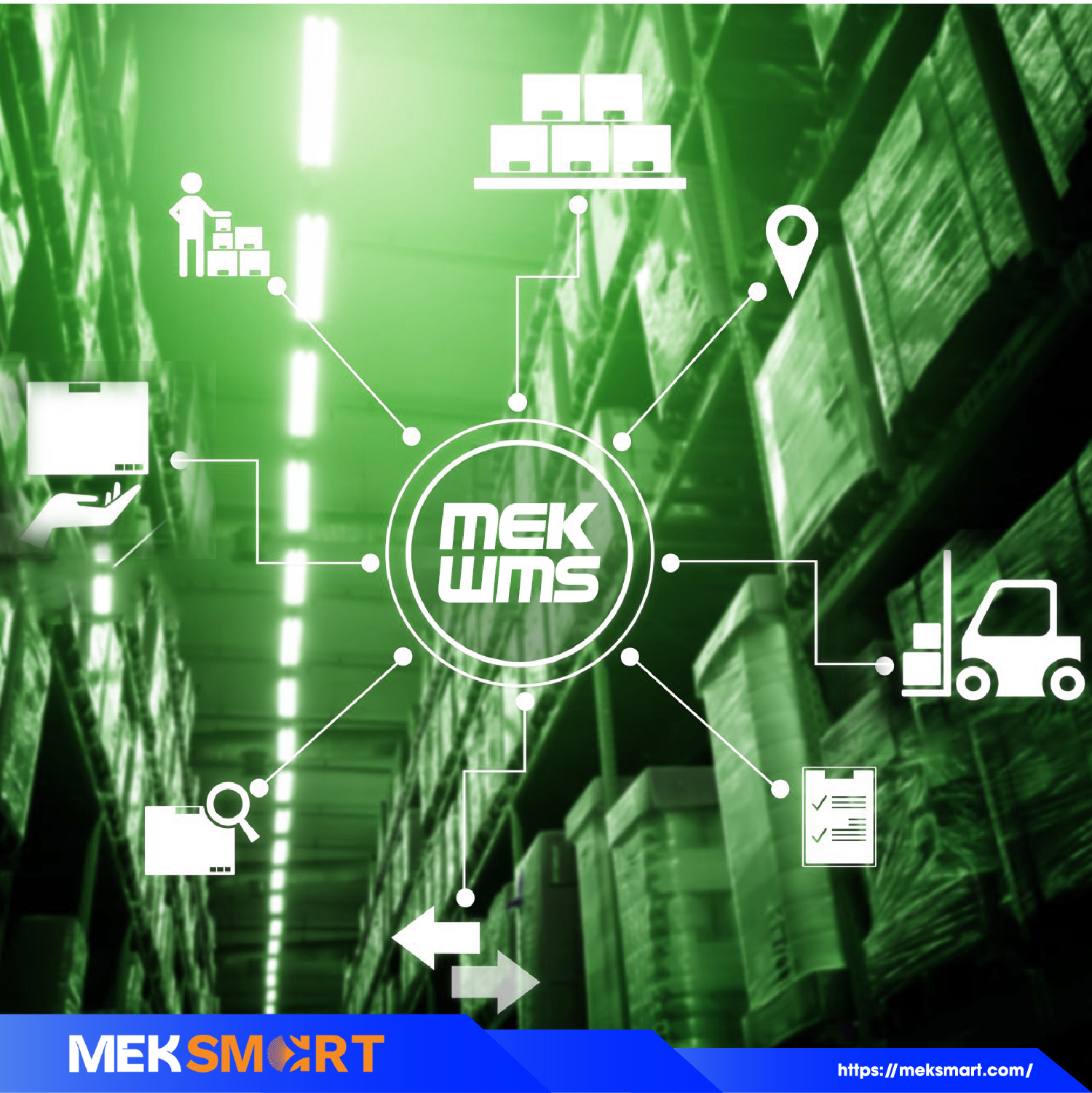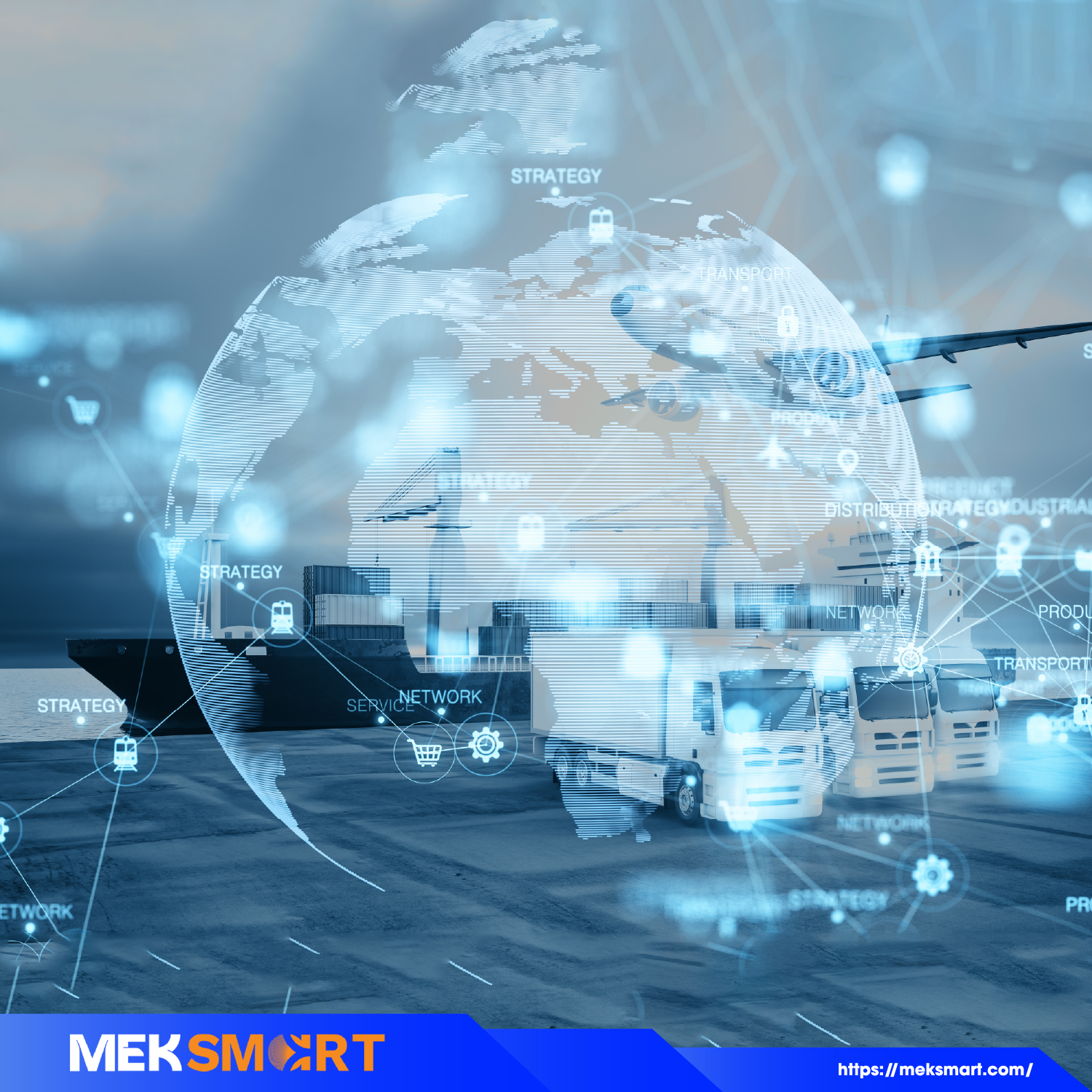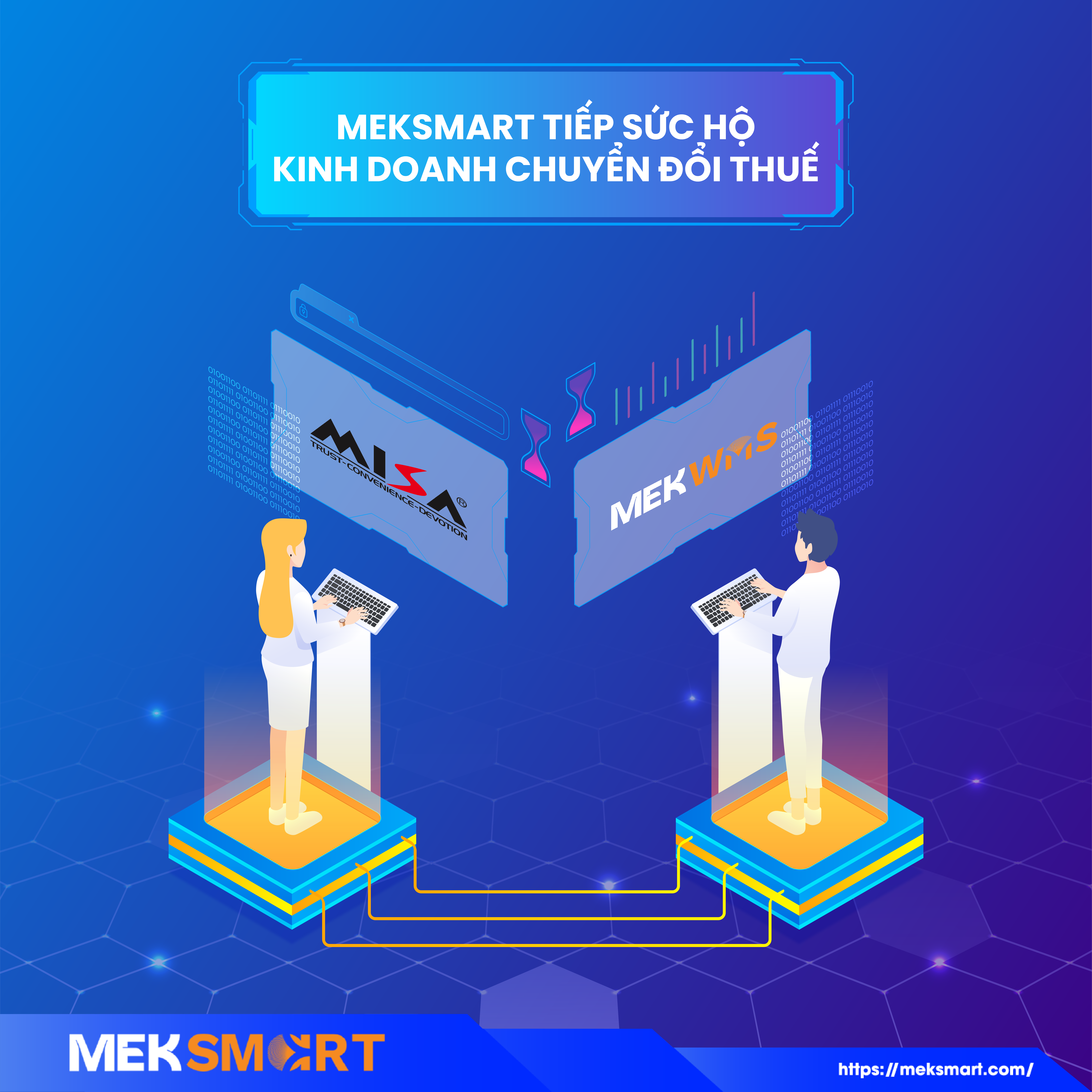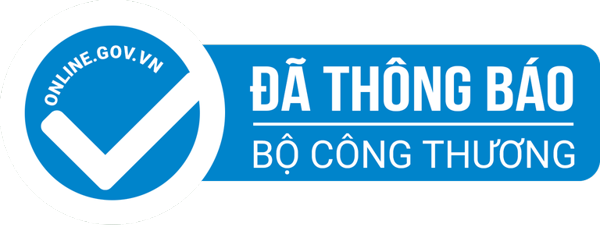MEKSMART
GENERAL NEWS
Author:
Update: 06/12/2022
HOW DOES L'OREAL FOLLOW CUSTOMERS NEEDS?
L'Oréal is a company that manufactures personal care products such as Garnier, Maybelline, NYX, Kiehl's, Urban Decay, Vichy, CeraVe,.... With incredible coverage in more than 140 countries, 150 distribution centers, 42 factories, 34 brands, and 8 distribution channels (salon, retailer, mall, drugstore, E-commerce, pharmacies, and in-store) with the ability to improve product lines by up to 50% per year, the company has outperformed its peers over the past decade, Top 10 “Supply Chains to Admire”.
L'Oréal's growth and expansion strategy is a typical case study for a completely customer-focused Supply Chain.
1. Supply chain responds quickly to customer needs
L'Oréal believes that customer needs have changed more in the last 3-5 years than in the past 3 decades, and the time it takes for the group to react to new trends should not exceed 6 months. As consumers become increasingly savvy about beauty trends on social media and lose patience with a production cycle that takes an average of 18 months.
Another factor is because of that nimble grasp and understanding, customers always 'google' the product before buying. The need for transparency is growing: customers expect traceable products and manufacturing processes. With this need in mind, the Operation L'Oreal 4.0 strategy has been integrated with packaging design, purchasing as well as manufacturing and supply, to seek to exploit new technologies, such as IoT, AR, or AI, to enhance flexibility and efficiency.
Customer experience is being used as a yardstick for digital transformation. Accordingly, L'Oréal has set five medium-term priorities: accelerating design, increasing the market share of connected products, increasing factory and production line efficiency, and accelerating customization and transformation. Customer service becomes the backbone of business operations.
2. Speed up design time
To manage the increasingly shorter product lifecycles, new technology is used by L'Oréal at different stages of the design process, such as speeding up the approval process of designs during the design phase. project development phase. Instead of having to design each part to prototype and test them, the L'Oreal director explains, the company develops 3D models in hours and uses virtual simulation tools to test the product...
3. Develop Connectable Products
These products are easily traceable and give the end consumer a high level of transparency. Selling more than 7 billion products a year, L'Oréal plans to use connectivity to optimize the Global Supply Chain to control inventory and facilitate product management at the point of sale, at the same time, strengthen relationships by contacting and interacting with consumers.
4. Deploy more flexible production lines
When consumer demand is increasingly changing, the company needs to flexibly switch from one production activity to another. The first 4.0 production line pilot projects implemented in Italy, France, and the United States have yielded positive results. In particular, the factory in Lassigny has improved the process of changing product formats to become simpler. Managers can keep a close eye on the new production line, even though it makes a difference to the final product (shades, labeling, etc.). For example, with lipstick, the company will produce the "background" part of the lipstick, then customize the lipstick color right at the final stages.
5. Co-creation and customization for accessibility
The demand for using their unique products is increasing when the concept of customization is popularized. And of course, L'Oréal realizes that expectation with opportunities that allow customers to co-create the same brand right at the point of sale, customers can leave with newly created lipstick in their favorite color or perfume bottle with his name on it.
Or, current customers want their cosmetic products to be fashionable. 3D printing has made this a reality, helping the company create fancy packaging that was not possible before. At the same time, this technology also reduces the production cycle: from a 60-day product development cycle to a 15-day cycle at half the cost of traditional methods.
6. Make Supply Chain a Business Drive
Besides the traditional B2B channel, L'Oréal gradually focuses on B2C. Faced with the need to have products "anytime, anywhere", E-commerce is increasingly invested and occupies a large market share in sales revenue. Data management with the help of AI is the most valuable key to L'Oréal's Supply Chain. Small signals from social networks will be collected at the point of sale and create valuable information that can be used to analyze consumer behavior and needs, improve products, and predict trends. and optimize sales. L’Oréal grew 34% in E-commerce activity in 2017 and is expected to grow even more. More than 38% of the company's advertising spending has gone digital. That's how the company rocked the market and ensured agility by having its Supply Chain team work closely with the Marketing & Sales department.
7. Of course, these innovations are led by creative individuals
The digital transformation has prompted employees to continuously adapt to meet consumer needs and build new projects in a more disruptive way. Starting with a blank canvas, employees will adopt new partner approaches such as startups and technology solutions providers. This not only drives product innovation for consumers but also innovates business through technology for L’Oréal.
According to supplychainsights.com & loreal.com
